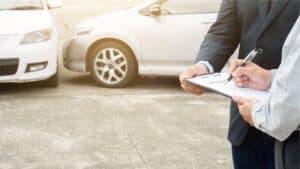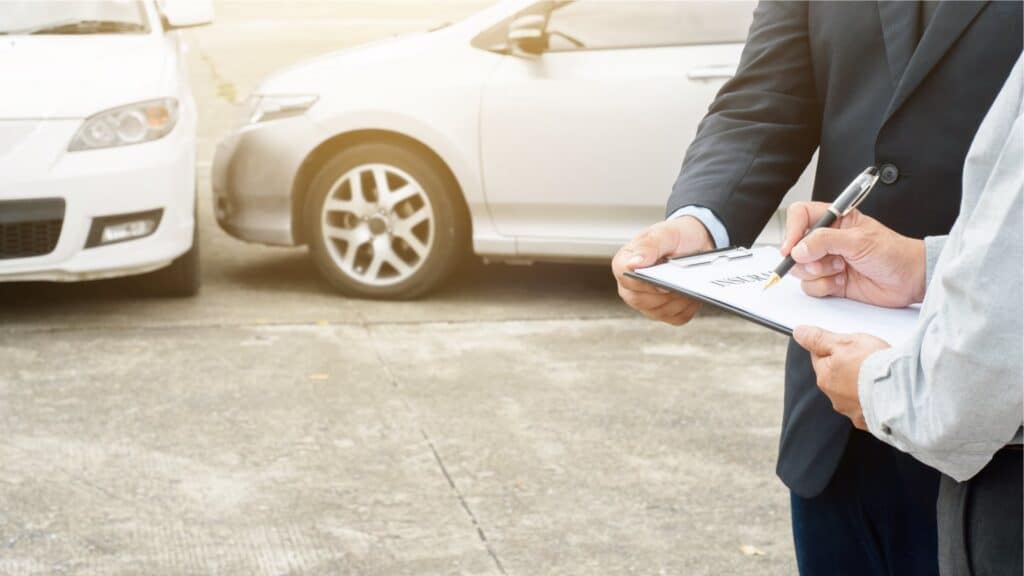The invention of autonomous vehicles (AVs) has changed the world. Now, vehicles can drive, detect hazards, and avoid accidents without the driver ever being involved. These advancements are incredible for vehicle safety, but while the kinks are worked out, accidents are still common.
What should you do if you are in an accident with an autonomous vehicle? What if your AV malfunctions and fails to alert you of a threat? Who is held accountable for the accident when technology plays a role?
These questions don’t have easy answers. Every accident involving AVs needs to be investigated thoroughly to find out what went wrong. If the technology was even partially to blame for the auto accident, investigations may need to be made into the manufacturer or even the designer.
If you’ve been in an accident involving an autonomous vehicle in or around Portland, Oregon, call Zbinden & Curtis Attorneys At Law today.
Product Liability in Autonomous Vehicles
Self-driving cars are new and can improve road safety and efficiency, but they also bring new legal issues regarding product liability. This means that car manufacturers have more responsibility to make sure their cars are safe and in working order. If a self-driving car is involved in an accident, figuring out who is responsible can be more complicated. The focus is less on driver mistakes and more on whether there was something wrong with how the car was designed, made, or programmed.
Autonomous vehicle manufacturers need to test these cars thoroughly and give clear information to the customers about what they can and can’t do. As self-driving car technology changes, the laws and rules about them need to change, too. This means that everyone involved, be it car manufacturers, lawyers, or government regulators, needs to keep up with these changes in the law as well as the technology.
Here are some important factors to consider when dealing with an accident that involves an AV:
- Design Defects: Problems in the design of self-driving cars can include software mistakes or sensors that don’t work well. The car manufacturers need to make sure these cars can handle different and unexpected road situations safely. If these features only increase safety under very specific conditions, they may not be ready for the general public.
- Manufacturing Defects: Manufacturing defects in cars refer to flaws or faults that happen during the production process. These defects can be in materials, components, or the assembly of the vehicle. They can range from minor issues, like cosmetic blemishes, to major concerns, such as faulty brakes or steering components.
- Failure to Warn: Car makers need to clearly inform users about the car’s abilities and limits. This is especially important for self-driving cars. Users should know when they might need to take over driving to avoid an accident.
Defenses in Product Liability Cases
Car makers might use several different defenses in court. A common one is comparative negligence. Comparative negligence means that both the car maker and the driver could be held partly responsible. For example, if the car had a problem, but the user also did something wrong while driving, they might both share the blame.
State-of-the-Art Defense
This defense is used when a car maker has applied the most recent technology available, showing that there were no better design options at that time. This can be a way for car makers to argue that they did everything possible with the technology available to them. If the technology doesn’t work correctly or flaws are not detected early, the manufacturer may shift blame to the designer of the technology.
Case Studies and Legal Precedents
Legal cases about self-driving cars, like Nilsson v. General Motors, often focus on the car’s technology instead of how the driver acted. In this case, the key question was if the self-driving car moved into another lane on its own. This is important because the technology in these cars is supposed to make decisions, not the driver. So, when something goes wrong, the court looks closely at the car’s technology to decide who is responsible.
With more ride-sharing apps using self-driving technology, we can expect more legal claims about product responsibility. Mixing these technologies leads to questions about who is responsible when something goes wrong: the app companies or the car makers? This is a new area in law, and it’s important to figure out who should be held accountable.
Cybersecurity and Privacy Concerns
Self-driving cars (AVs) gather a lot of data, which can lead to privacy and security concerns. Keeping this data safe from cyber attacks is a key part of what carmakers must do. These cars collect details about who is using the car and where it goes, which can risk the user’s privacy. Car makers need to follow different federal and state laws about protecting this data and keeping user information private. It’s important for them to handle this data carefully to avoid privacy issues and to protect it from hackers.
Managing Customer Expectations and Legal Compliance
Car manufacturers need to clearly tell customers what their self-driving cars can and can’t do. It’s important to explain the risks and limits of the car’s performance to reduce the chance of legal problems later.
As self-driving car technology gets better, the laws and rules around them will have to change, too. Carmakers and lawyers must keep up with these changes because it helps them follow the law correctly and handle any legal issues that come up.
Call Zbinden & Curtis, Attorneys At Law
If you have been in an accident that involved an autonomous vehicle near Portland, call Zbinden & Curtis Attorneys At Law today at (503) 287-5000.
Our personal injury attorneys stay up to date with the latest trends in vehicle safety and liability concerns. We can usually help prove that the accident was at least partially caused by another party. If that other party was the manufacturer of the autonomous vehicle, it is important that they be held responsible so you receive the justice you deserve.









